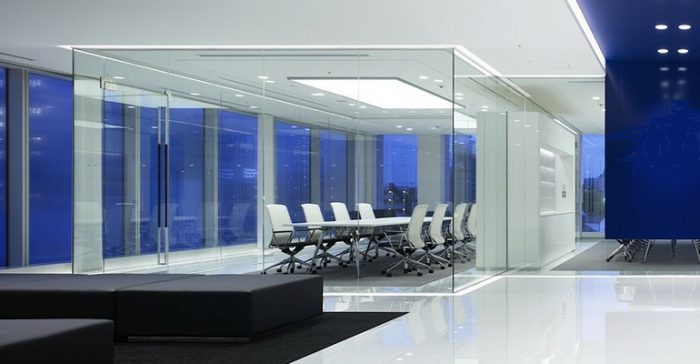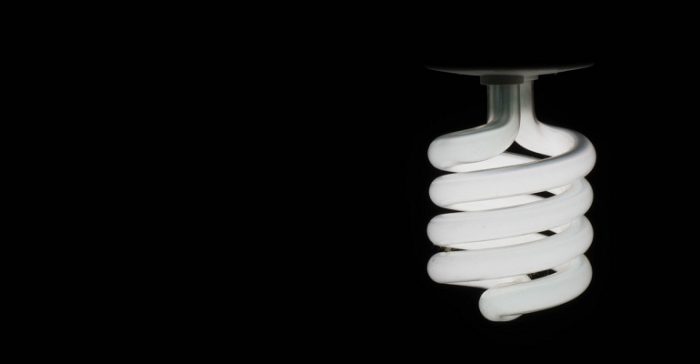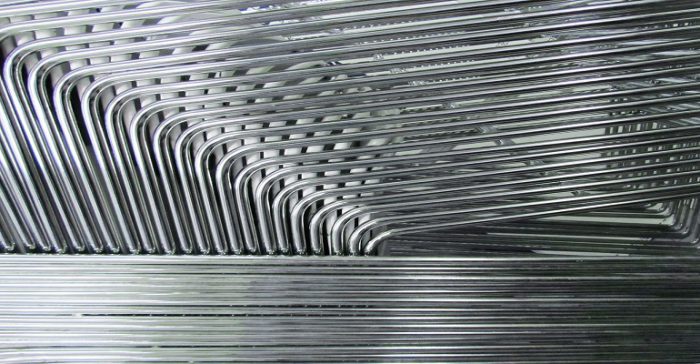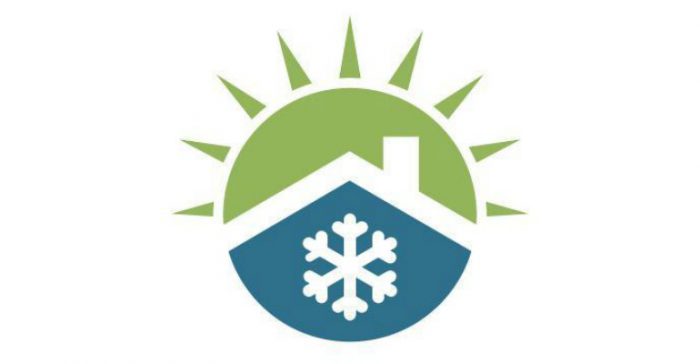Everyday Efficiency: Boiling Water
A Watched Pot: What Is The Most Energy Efficient Way To Boil Water? Inside Energy, February 23, 2016. Image credit: Unsplash What is the most energy efficient way to boil 500 milliliters (about 2 cups) of water? And which method has the smallest carbon footprint? For appliances – microwave, electric tea kettle, electric stovetop – the … Read more



